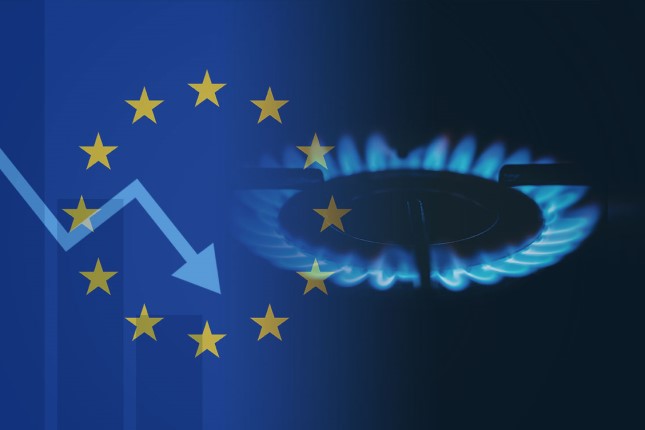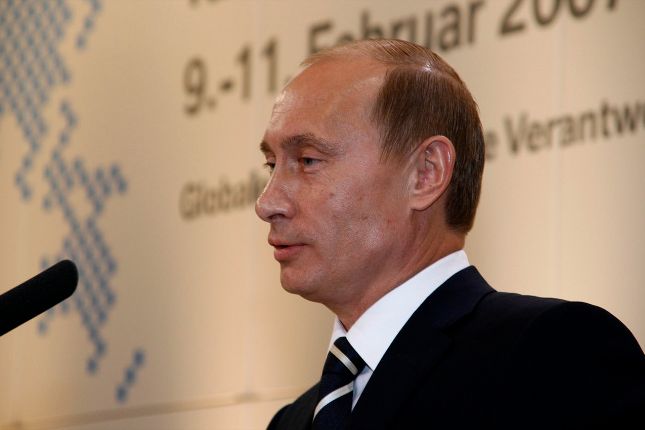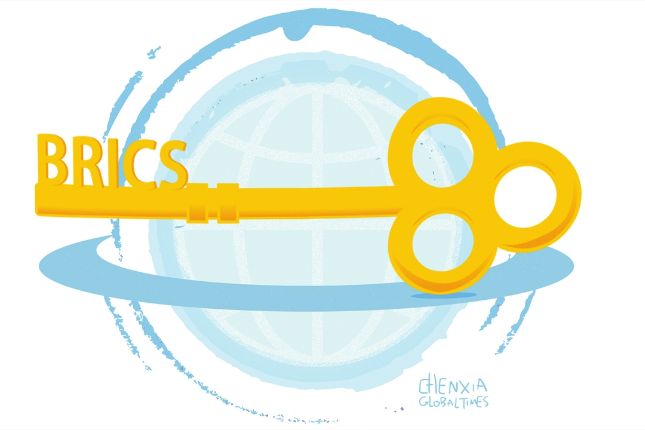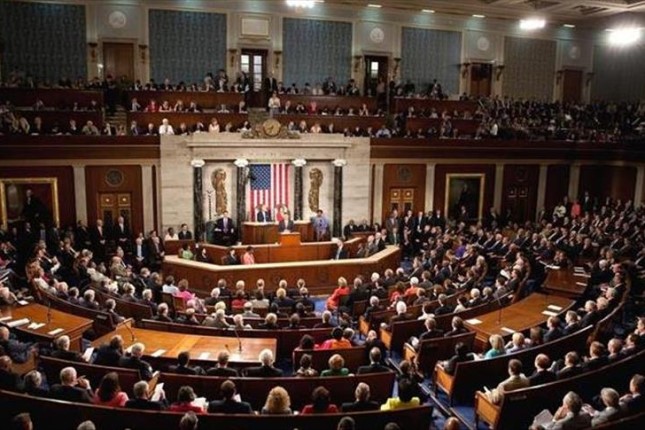This energy crisis was primarily characterized by a sharp rise in the cost of electricity across Europe. While the average wholesale price of electricity in Germany over the first eleven months of 2021 stood at EUR 84 per MWh, it soared to as high as EUR 235 per MWh over the same period in 2022 (here and elsewhere we use data from Ember unless stated otherwise) driven by a jump in gas prices that nearly tripled over the same period of time at the region's key TTF hub, from USD 506 to USD 1,456 per thousand cubic meters, according to World Bank's data.
There is an expectation that rising prices could be stemmed and reversed through decoupling gas generation from all other segments of Europe's electricity market, something the European regulators have said they intend to do.
Gas: the problem is not with its scarcity
That said, the risks of gas shortages, much discussed outside the energy sector, have so far had little to no effect on de facto generation volumes. Electricity generation from gas in the EU grew by 4% year on year to 463 TWh in the first eleven months of 2022, with increases of as much as 20% and 39% recorded in July and August, respectively.
Electricity production from gas showed a decline in only two of the eleven months: in April (down by 19%) and in November (down by 23%). Interestingly, the decline in the latter case was not caused by gas scarcity. By November 1, 2022, Europe's underground gas storage facilities (UGSFs) were filled to 95% of their capacity against 76% the year before, according to Gas Infrastructure Europe.
This was both due to warmer weather (the average temperature in Germany in November 2022 was 1.7C higher than in November 2021) and the previous year's high baseline: electricity production from gas in the EU was up by 15.3 TWh from October to November 2021, while it grew by "just" 0.2 TWh between October and November 2022.
Coal: the impact of the embargo
Coal-fired power plants also recorded an increase in electricity generation: generation from coal during the first eleven months of 2022 was up 9% (reaching 396 TWh). However, a gradual trend reversal started to occur in the fall: while generation from coal increased by 21% in August, it was up only 1% in September, and in October and November, it was down by 11% and 4%, respectively.
This was precipitated primarily by the EU embargo introduced in August effectively cutting off Russian producers from access to the European market. Russian providers had accounted for 70% of all lignite and hard coal imports to the EU just a year before, in 2021 (according to the Trade Map portal, an aggregator of national customs statistics).
Finding a replacement for Russian commodities is complicated by the geographical remoteness of Indonesia and Australia, the world's largest exporters of power-generating coal, who play an important role in supplying the coal to the developed economies of East Asia.
Nuclear power: shutting down power units or closing them for maintenance
Electricity generation at nuclear power plants in the first eleven months of 2022 fell by 18% year-on-year (down to 523 TWh). This is primarily due to the closure, at the end of 2021, of three reactors in Germany (Grohnde, Brokdorf, and Gundremmingen C nuclear power plants), as well as turnaround maintenance going on at several of France's nuclear power plants, including reactors 3 and 4 with 915 MW electrical power output each at Tricastin NPP, as well as reactor 2 of Belleville NPP with the capacity of 1,310 MW, reactor 3 at Cruas (915 MW), and reactor 4 of Cattenom NPP (1,300 MW). And the list goes on and on.
Renewables: the effect of introducing new capacities
The volume of solar energy generated over the first eleven months of 2022 grew by 25% to 187 TWh, and the volume of wind power generated during the same period rose by 11% to 369 TWh. The utilization of capacities mostly drove this commissioned the year before: the installed capacity of EU's solar panels rose by 21.4 GW in 2021, and that of wind power generators by 10.4 GW, according to the International Renewable Energy Agency (IRENA).
New capacities continued to be commissioned in 2022: according to a preliminary assessment by SolarPower Europe, the added solar capacity of the EU reached 39 GW in 2022.
Hydropower plants (HPPs) performed less impressively in this context, seeing their output drop by 21% to 237 TWh year-on-year in the first eleven months of 2022 as a result of the summer drought in Europe: by August 10, 17% of the continent was on the verge of suffering severely from the effects of the drought, with another 47% experiencing a deficit of precipitation and moisture, according to the European Commission's Joint Research Center.
It is, therefore, no coincidence that the lowest point in the volume of hydropower generation was reached in the summer before it started to go back up again: year-on-year hydro generation fell by 25% monthly in June and July 2022 and by 26% in August, whereas in September and October, the decline rate slowed to 8% and 6%, respectively.
Overall generation: down by 3%
All other types of power plants saw a decline in the output of the power they generated: oil-fired plants and diesel power plants experienced an 8% year-on-year decline in power generation in the first eleven months of 2022 (to 57 TWh), biomass plants posted a 2% drop (to 107 TWh), with other types of renewable energy sources reporting a 6% decrease in generation (to 9 TWh). As a result, the overall volume of electricity generated in the EU dropped by 3% (to 2,350 TWh) over the period under review.
Sectoral disparities in production rates have affected the composition of the EU's power generation mix: whereas at the end of the first eleven months of 2021, the share of coal-fired power plants was at 15%, and that of gas-fired plants was at 18%, their respective shares rose to 17% and 20% over the same period of 2022.
Similar growth was shown by solar panels (rising from 6% to 8%) and wind power plants (from 14% to 16%), while the share of nuclear power plants dropped from 26% to 22%, that of hydropower plants slid from 12% down to 10%, and energy from all other sources fell from 9% to 7%.
2023 Outlook
The commissioning of the new capacities will be playing a crucial role in driving electricity generation in 2023. This does not only include the above-mentioned increase in installed RES capacity but also the commissioning of the 1,600 MW Unit 3 at Finland's Olkiluoto NPP, that has resumed its test-mode power generation towards the end of 2022.
As for gas and coal-fired power plants, much will depend on the commodity market situation. If gas prices continue sinking to new relative lows (after dropping in December to less than USD 850 per thousand cubic meters for the first time since February 2022) and if European consumers are successful in their attempts to poach Australian and Indonesian suppliers of power-plant coal, the EU's fossil fuel-based generation will be on the rise again in 2023.

































